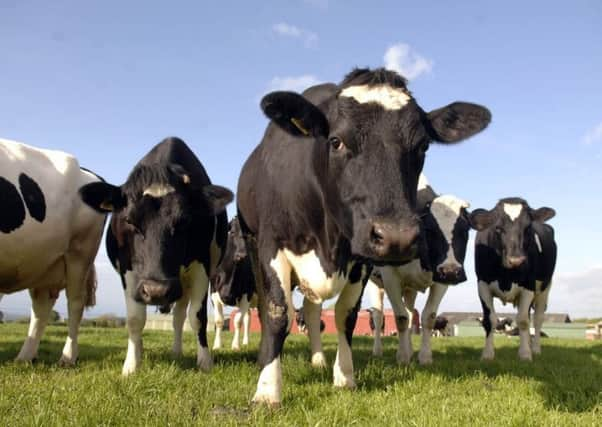Name and shame cattle disease '˜offenders' says Gary Mitchell
This article contains affiliate links. We may earn a small commission on items purchased through this article, but that does not affect our editorial judgement.


These cattle are the main carriers of BVD, which has been described as one of the most economically damaging diseases in the industry, causing problems such as infertility, abortion, diarrhoea and, in extreme cases, death.
• READ MORE: Farmers pushed to cull ‘persistent infected’ cattle
Advertisement
Hide AdAdvertisement
Hide AdSince 2013, the Scottish Government has supported an industry initiative to eradicate the disease from cattle in this country. Last month, as part of that scheme, moves were made that farms where an animal test confirmed the presence of the disease would see their status change from non-negative to positive. This shift would introduce sanctions on trading cattle from that unit.
Now Mitchell, who has invested significant sums tissue testing his own dairy herd over several years, is close to securing BVD-free status and has expressed his concerns that he and others working to take the disease out want to ensure their neighbours are equally focused.
Writing in his blog, he states he is alarmed that there are still 382 known PI animals at large on Scottish farms. Worryingly, he states that 140 of those holdings have two or more infected cattle and “even more shocking is the fact that one holding has 24”.
The biggest concentration is in the south-west of Scotland, with Wigtonshire having the unenviable title of having most BVD-infected cattle.
If farmers are unwilling to remove these animals, Mitchell states that, as an industry, farmers need to know just where these infected cattle are as “PIs are putting a lot of good work at risk”.
Farmers can either use ScotEID or their vet to check the BVD status of neighbouring holdings, a suggestion he says should be followed up before turning out breeding stock or sending breeding cattle away for summer grazing.
“BVD eradication would be a big ‘win win’ for the health and efficiency of our cattle sector but it needs the full commitment of all producers.”